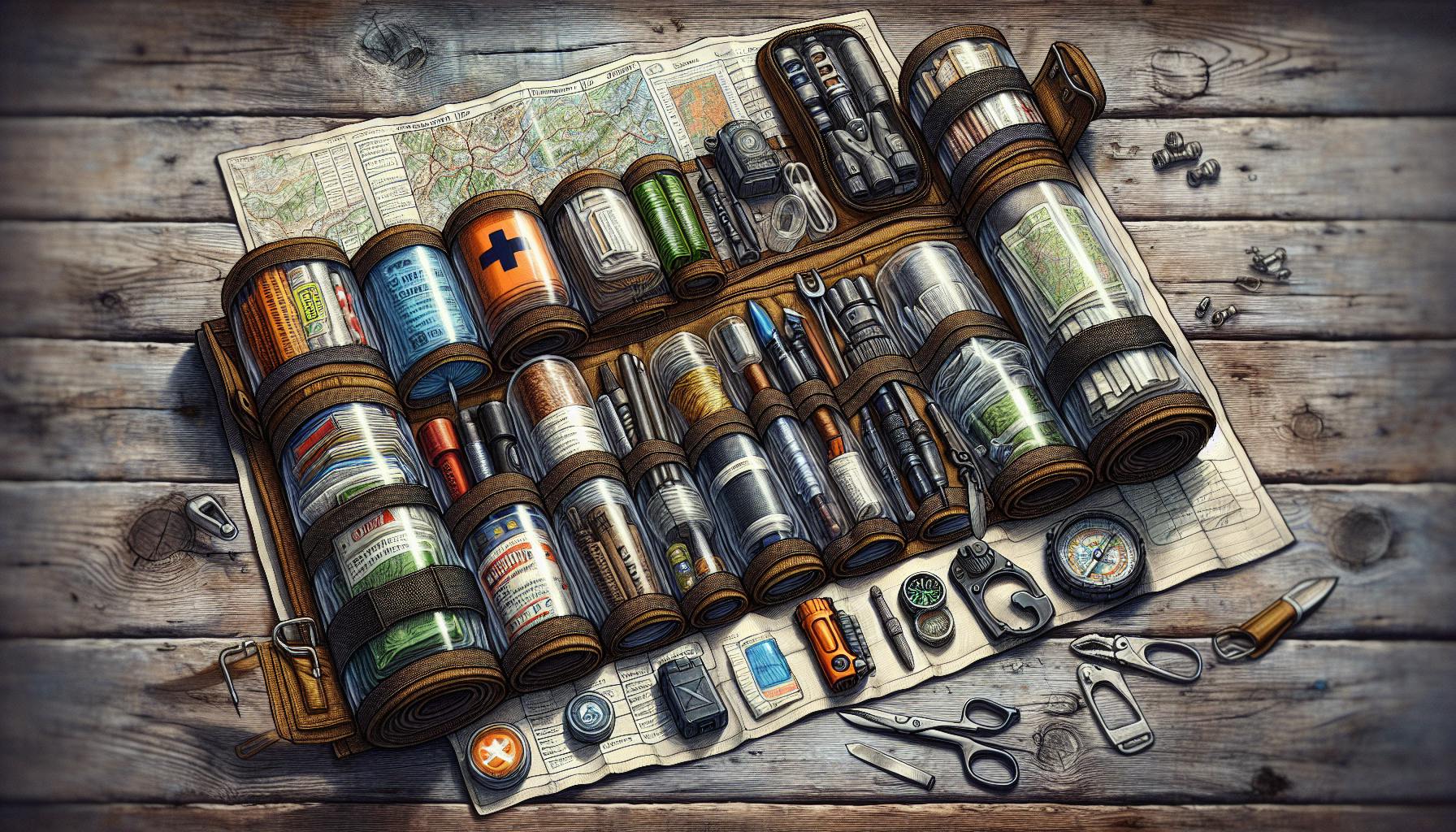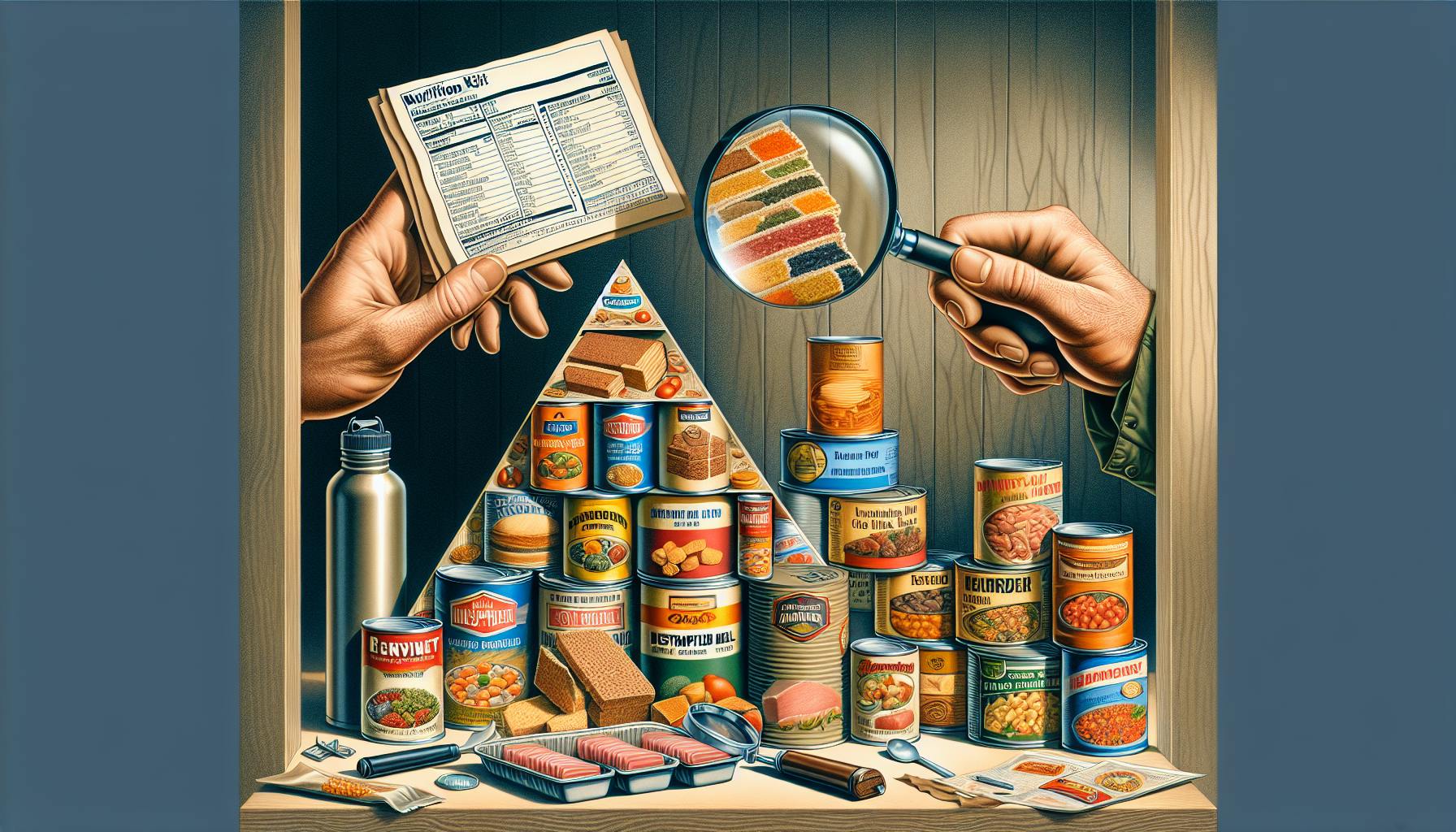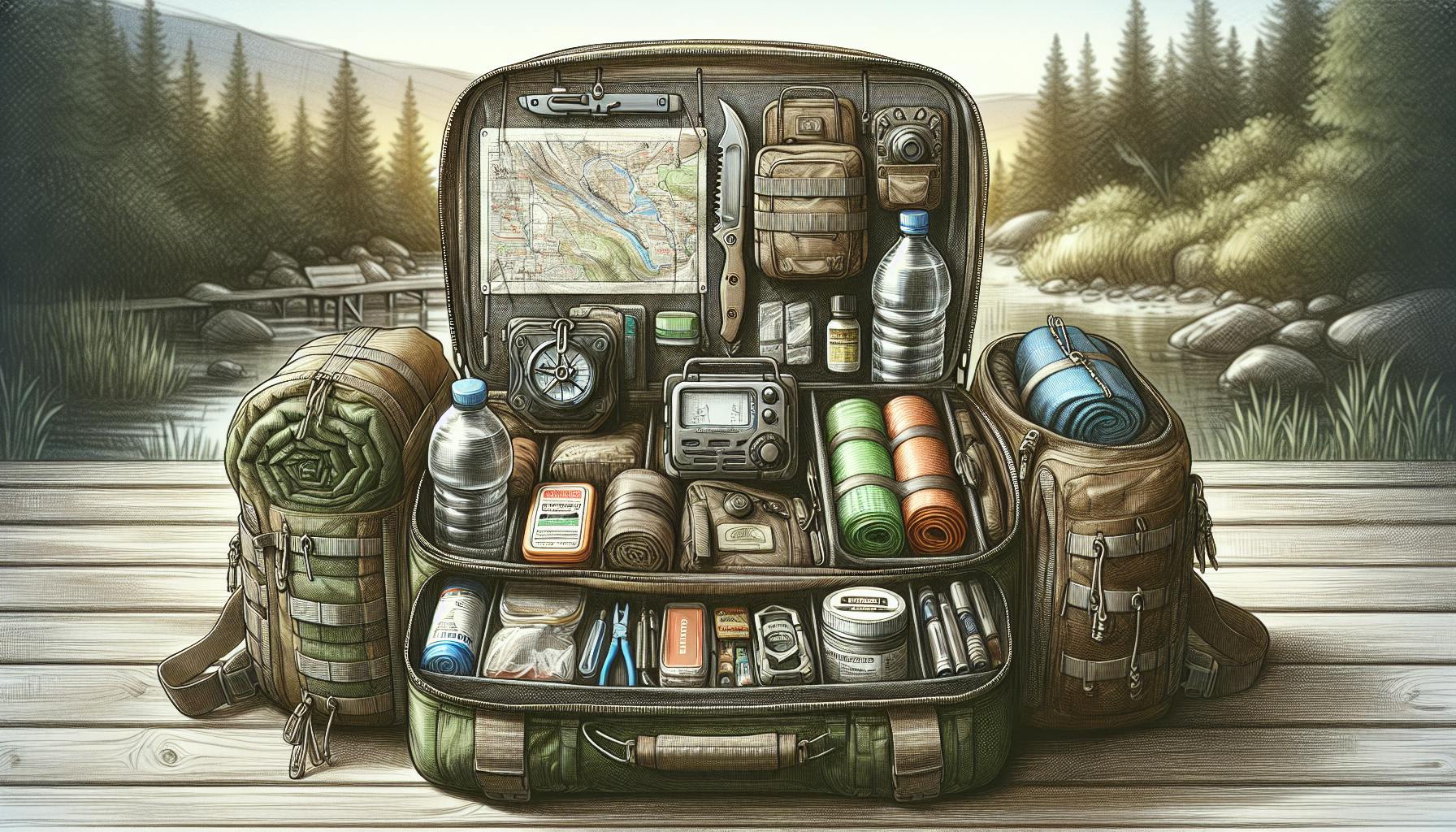Introduction
As we survey the global landscape, it's clear that threats of conflict, civil unrest, supply chain disruptions, and instability are rising. Russia's invasion of Ukraine, tensions between China and Taiwan, political polarization in the U.S., cyberattacks crippling critical infrastructure - the world order seems to be fraying at the seams. Wise families recognize the growing dangers and uncertainties ahead. While we pray for peaceful resolutions, we must also prepare for any potential crisis that may emerge. After all, hope for the best, but plan for the worst.
This is where emergency preparedness comes in. By stockpiling key provisions and survival supplies, we can shelter and provide for our loved ones no matter what storms may come. Assembling the right equipment and resources now offers an indispensable buffer against future calamities. This guide focuses on essential gear to safeguard families through periods of instability or unrest. We'll provide specific recommendations on stockpiling food, water, medical supplies, self-defense equipment, and bug out bags for evacuation. Follow these steps, and you can equip your household to not just survive, but thrive through tumultuous times ahead. United in purpose, let us build community resilience that will see us through any trial.
Stockpile Food Reserves
If conflicts or disasters disrupt normal supply chains, access to food may become limited. Stockpiling at least a 3-month supply of non-perishable staples per person acts as a nutritional buffer to hedge against hunger. Here are some specific foods that store well for the long term:
-
Rice - White, jasmine, and basmati rice keep up to 30 years if stored properly. Buy 20-40 lb bags and use mylar bags and oxygen absorbers to extend shelf life.
-
Beans - Dried beans like black, kidney, pinto, navy, and garbanzo beans can last 30 years when properly stored. Canned beans last 2-5 years.
-
Pasta - Dried pasta keeps 8+ years. Stock up on spaghetti, macaroni, egg noodles.
-
Oats and other grains - Rolled oats, wheat berries, cornmeal, quinoa, barley. Buy in bulk bags and seal for long-term storage.
-
Canned or pouched proteins - Canned tuna, salmon, chicken, and beef stew provide protein. Store multiple #10 cans.
-
Comfort foods - Stock chocolate, coffee, honey, spices to lift morale.
Rotate and replenish food stores before they expire. Products by Mountain House, Thrive Life, and Wise Foods offer tasty shelf-stable meals.
Ensure Adequate Water Storage
Stockpile water or filters in case municipal water is disrupted. Store at least 1 gallon per person per day, with 3 months minimum. Buy bottled water or 55-gallon plastic barrels and rotate every 5 years. Get water filtration devices like the Sawyer Mini filter or LifeStraw Family to filter from streams or lakes. Keep water purification chemicals like calcium hypochlorite tablets to disinfect questionable sources. Make sure to have water storage and filtration covered.
First Aid and Medical Supplies
Injuries and illness don't pause for catastrophes. Build a well-stocked medical kit to handle health issues effectively. Here are some key items:
- Bandages, gauze, antiseptics to treat wounds
- Scalpels, clamps, sutures, surgical glue to close wounds
- Pain relievers, antibiotics, steroids for conditions
- Saline, medical tools, prescription drugs, eyeglasses
- Vitamins, minerals, herbs for resilience
- Honey, vinegar for antimicrobial use
Take Red Cross first aid classes to gain life-saving skills. Have medical references like the Survival Medicine Handbook by Dr. Alton on hand too.
Emergency Communication Equipment
When normal communication networks are overloaded or disabled, shortwave radios, satellite phones, and two-way radios enable vital connectivity.
-
Satellite phone - Use anywhere cell networks fail. Options like the Garmin inReach allow 2-way text messaging.
-
Two-way radios - Allow neighborhood comms up to 2-3 miles range. Pairs like the Motorola T800 keep families in touch locally.
-
Shortwave radio - Receive critical news broadcasts with emergency radios like the C. Crane CC Solar Observer.
Ensure battery banks, solar chargers, and hand cranks are available to keep devices powered. Learn analog skills like Morse code too.
Prepare Tools for Self-Defense
In times of widespread instability, protecting your family may require deterrence and self-defense. Consult local laws, then obtain firearms, ammo, and range time to build proficient skills. Non-lethal options like pepper spray, stun guns, and alarm systems add protective layers.
-
Firearms and ammo for defense and hunting. Choose common calibers.
-
Non-lethal options like pepper spray (Sabre Red is a top brand) and stun guns
-
Security system - Motion sensor lights, cameras, and audible alarms can deter intruders
-
Tactical gear - Body armor, night vision, and firearms accessories
Take defensive shooting courses. Know local self-defense laws. Only use firearms for legal protection as a last resort.
Assemble Bug Out Bags
Should you need to evacuate quickly, keep a bug out bag packed for each family member containing 3+ days of essential survival gear. Backpacks around 20-50 liters capacity work well, like the 5.11 Rush72. Here are key items to include:
- Water (3L/person) and filtration like the Sawyer Squeeze
- High calorie foods like energy bars, MREs, freeze-dried meals
- First aid kit, medications, hygiene items
- Shelter - Tent, sleeping bags, emergency blankets
- Lighting - Headlamp, flashlights, glow sticks
- Tools - Knives, multi-tool, paracord, duct tape
- Navigation - Maps, compass, GPS device
- Power - Portable chargers, batteries, crank radio
- Clothing - Sturdy shoes, cold/rain weather gear
- Fire starting capability - Matches, lighters, tinder
Keep bug out vehicles serviced, fueled, and ready to go. Have rally points selected in case you get separated. Run practice drills to test readiness.
Key Planning Tips
-
Get in shape physically through strength training, cardio, and endurance exercises.
-
Take courses in first aid, navigation, gardening, communications, and other practical skills.
-
Form a community network and share resources and knowledge with like-minded neighbors.
-
Look into purchasing a rural property for agriculture, livestock, and security.
-
Run practice drills to identify gaps in your preparedness plans.
With training, vigilance, and faith in each other, we gain the strength and knowledge needed to provide for our families.
Core Principles to Remember
Adaptability and flexibility will prove vital. Seek strength in community, not isolation. Avoid panic by controlling what you can. Maintain hope, for this too shall pass. With preparation and perseverance, we will find a way through the storms ahead. We are resilient. We are steadfast. We endure together.
Conclusion
Difficult times may lie ahead, but we can weather any storm together. By uniting with trusted neighbors, acquiring practical skills and equipment, and storing up that which sustains, we can provide for our families through uncertainty. Stay vigilant but focused. Find comfort in hearth and home. And keep preparing, step-by-step, to cultivate true resilience. We will get through the days ahead the same way families always have - with courage, sacrifice, faith, and love. We are stronger than we know.


